He is un-manifest and yet he has manifest himself for millennia in literature and philosophy, in art and sculpture, in dance and in music. He is the Adiyogi – the first among the yogis…an ascetic and yet he is the perfect family man and a celebrated lover. He destroys and yet he protects. It is perhaps impossible for the devotee to comprehend the incomprehensible Shiva.
Join Cultural Samvaad’s WhatsApp community
But that does not prevent the devotee from trying. Comprehending him is the devotee’s right and it is the devotee’s duty. In the bhakta’s quest for comprehending the incomprehensible, the nirakaara (formless) is given myriad forms – becomes sakaara (with form). From the rishi (seer) to the poet, from the painter to the sculptor, from the musician to the lay devotee…Shiva has been variously visualized, eulogised and internalized. This note brings together some of the popular forms and stories (in no particular order) of he who is the Mahadeva – the greatest of all Gods.
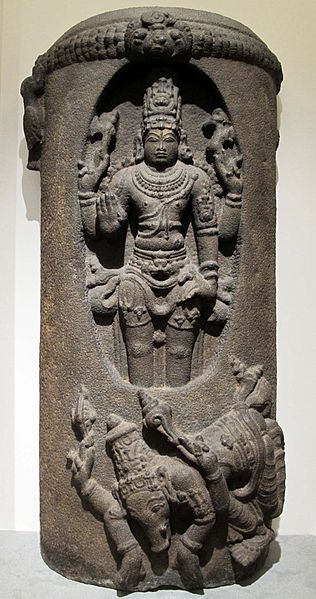
Wikimedia Commons
Lingodbhava Shiva
The story is narrated thus. The universe as we know it had not been created. There were dark waters all around. Vishnu and Brahma were fighting with each other over who was superior. While they were quarrelling…a pillar of light appeared in front of them. This resplendent column of light was expanding, and it seemed to fill all that was…it seemed infinite. To settle their fight for supremacy, Brahma and Vishnu decided to find the ends of this limitless pillar. The first to locate either end, would be declared superior. Brahma took the form of a gander and flew above to look for the upper end while Vishnu assumed the form of a boar and dived deep down to search for the bottom. Needless to say, neither succeeded.
This pillar of flaming light was Shiva – the aniconic, limitless Shiva manifest himself in the form of a linga (the word linga – लिङ्ग implies a sign or a mark in the Svetasvatara Upanishad). The linga is Shiva’s most enduring icon and the most popular form in which he is worshipped even in contemporary times.
This story is an allegory of sorts. The nirakaara Shiva may not be within the reach of lay mortals but if the search of the bhakta is true and pure, there will be light and Shiva will manifest in front of her. This ever expanding, infinite column of light signifies movement…there is no stillness…there is movement from not knowing – darkness (agyaana – अज्ञान ) to knowing – light (gyaana – ज्ञान ). The infinite column is also reminiscent of the infinite light and knowledge that pervades this cosmos. It also provides an alternative explanation to the often-debated origin of linga worship (that discussion is beyond the purview of this note).
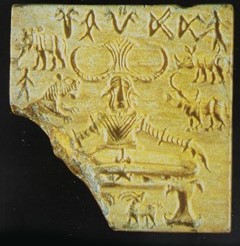
Image Courtesy: National Museum, New Delhi
Shiva Pashupati
If one were to agree with John Marshal’s identification of Seal 420 excavated at Mohenjodaro, it is our earliest encounter with Pashupati – the Lord of the Animals (the seal can be reliably dated to at least 4000+ years ago). In the Maitrayani Samhita of the Krishna Yajurveda, we encounter a story where a frightened Prajapati proclaims that henceforth Rudra (here in the form of an archer) would be ‘pashunam pati’. Shiva as he is worshipped today is Pashupati. He is ever accompanied by Nandi (the feisty bull) and his popular iconographic forms include snakes around his neck or the linga.
However, are we all not pashus (animals) bound by pashas (fetters) to our objects of desire? Are we not pashus struggling for release from these pashas? It is believed that once the bhakta (devotee) surrenders to Pashupati; he liberates the devotee from the animal within, he removes the chains of maya that bind the bhakta and he saves and protects the bhakta. The devotee set free from her fetters, then sees Shiva within. That is the sublime symbolism of Pashupati.
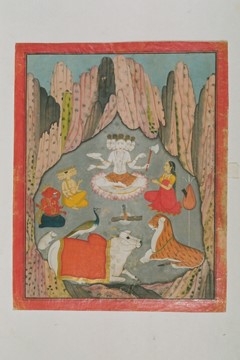
Image Courtesy: National Museum Delhi
Neelkantha
The story is narrated thus. In their greed for amrita (ambrosia), the devas and the asuras churned the mighty ocean for over a thousand years with Mount Meru as the churning rod and the great serpent Vasuki as the rope. As the churning went on with great vehemence, a burning mass of poison which seemed to engulf the entire universe, the terrible Kalakuta (also Halahala) emerged from the depths of the ocean (or was emitted by Vasuki). The venomous fumes threatened to destroy the cosmos with their force. It was at this point that at the behest of Brahma and in order to protect life, the great Lord Shiva – swallowed the mass of Kalakuta. He held the poison in his throat and this left a blue mark on the throat of the beautiful god. He became Neelkantha – the one with the blue throat.
Kala signifies both the colour black and time. Like Shiva swallowed the black poison to protect impending destruction; at the end of time, he – the Mahakala, will also swallow time itself. The churning of the ocean is also a metaphor of the churning of time itself. When one churns for immortality, one also churns death. That is the timeless truth and only the Mahakala can transcend kala. The halahala is born of incessant greed, it is born of desire and attachment. That is the real poison that bothers Neelkantha and he holds out a promise, a promise to the mortal of helping transcend this poison of desire and attachment.
Shiva is the Maheshwara. As the cosmic dancer, he is engaged in the endless dance of time and his five-fold activities of creation (sarga), maintenance (stithi), annihilation (samhara), removal (tirobhava) and blessing or liberation (anugraha). As the Adiyogi, he has conquered desire and time. The stories and manifestations of the Mahadeva are infinite. Shiva as we know and worship him today is also a cultural symbol who is a synthesis of multiple manifestations and influences over thousands of years.
His infinite manifestations are but an exhortation to the believer to find the Shiva within and become a true yogi. His syncretic nature is but a reminder of his ever-expanding form and his infinite capacity to absorb and to reinvent endlessly.
Know More: The 12 Divine Jyotirlingas of Shiva
Author’s Note: Each of the stories mentioned above have many versions and variations and are multilayered. Relevant parts have been retold here as illustrations only. The same holds true for the ruminations. The note draws from multiple sources, both primary and secondary and acknowledges its debt to them. The note is not intended to be comprehensive does not touch upon the vast world of Saiva philosophical systems. Also, the forms of Shiva as a householder and his various manifestations with Parvati among others are conspicuous by their absence.
We have appended a short list of references from whom the work draws upon and which may be of interest to the reader for further exploration.

References:
- Kramrisch, Stella (2007 Reprint).The Presence of Siva. MLBD, New Delhi.
- Mahulikar, Gauri (2000).Vedic Elements in Puranic Mantras and Rituals. Nag Publishers, New Delhi.
- Sankshipt Shiva Purana. Gita Press, Gorakhphur.
- Skanda Purana. Gita Press, Gorakhphur


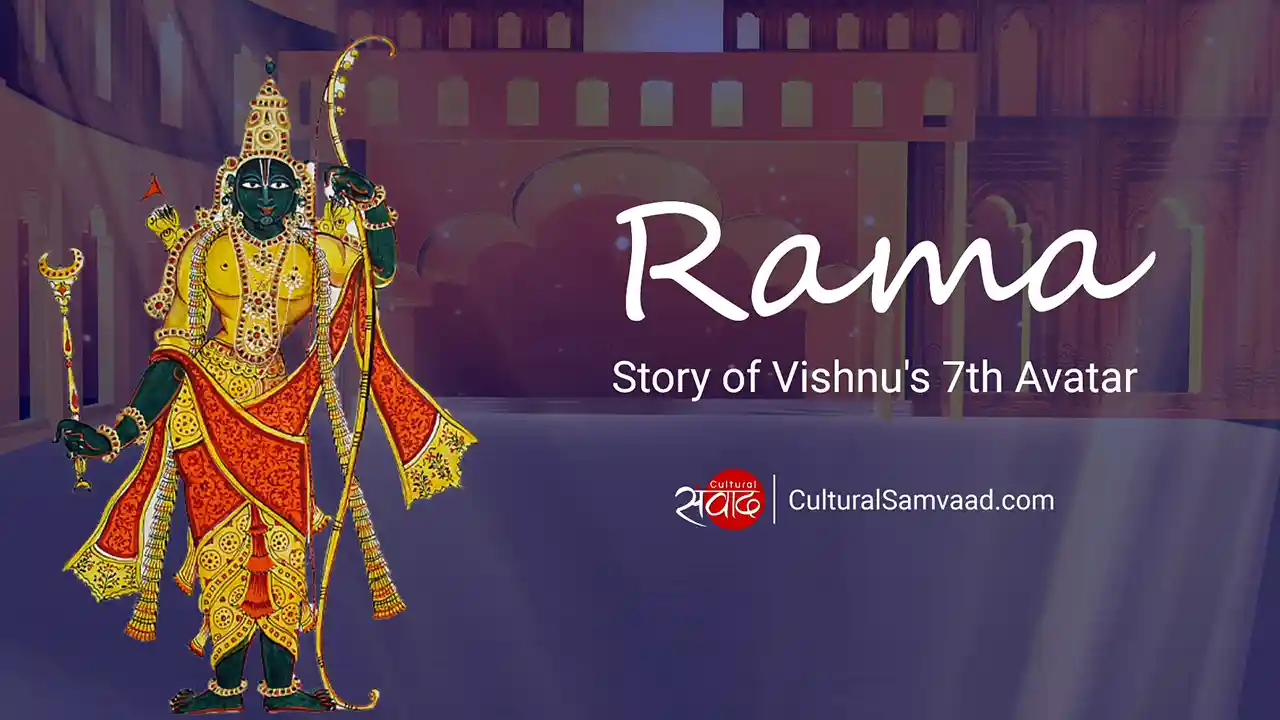

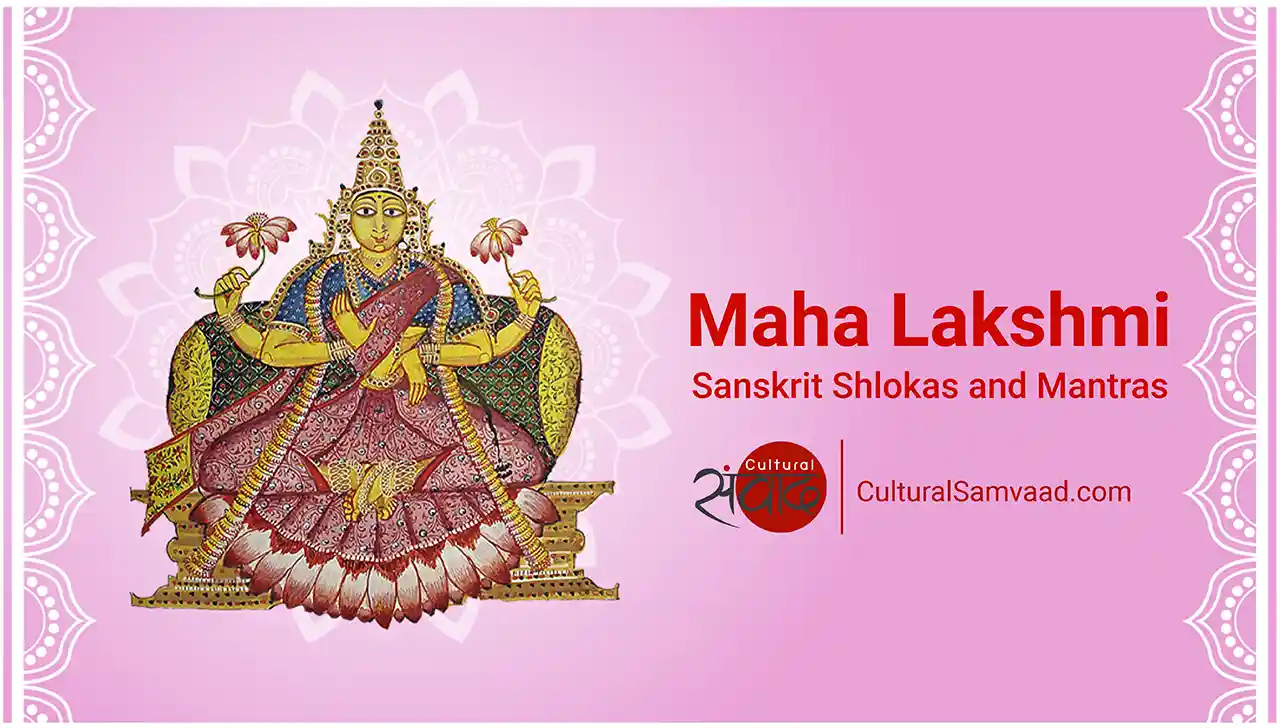

Wow! This can be one particular of the most beneficial blogs We have ever arrive across on this subject. Actually Great. I’m also an expert in this topic so I can understand your hard work.
Thanks for your kind words…please do share our blog with people who may be interested. And keep coming back :).
Such a beautiful and lucid explanation … Overwhelmed by your the narration style.
You wrote this article very well. Very knowledgeable. Thanks for sharing this article
Ayyappatelugu is a website for devotees of ayyappa, providing services and information of ayyappa books and product, videos and songs, pooja calendar, tour and package details